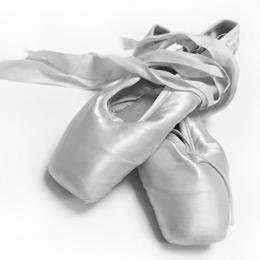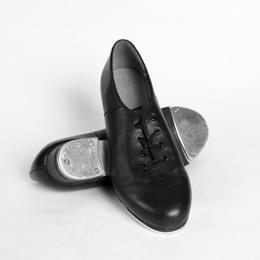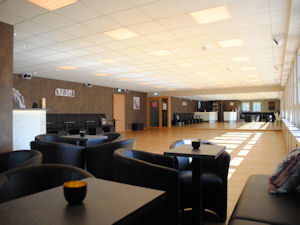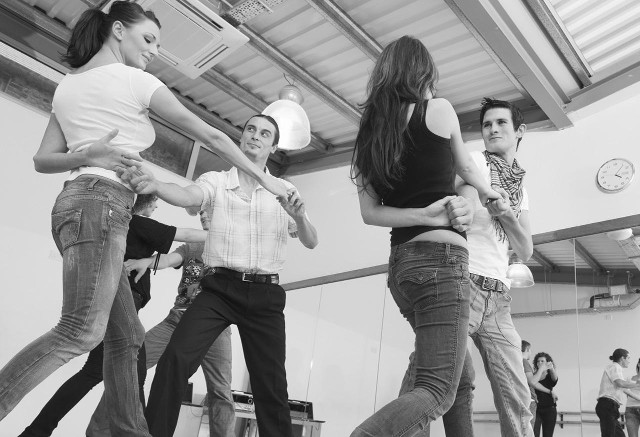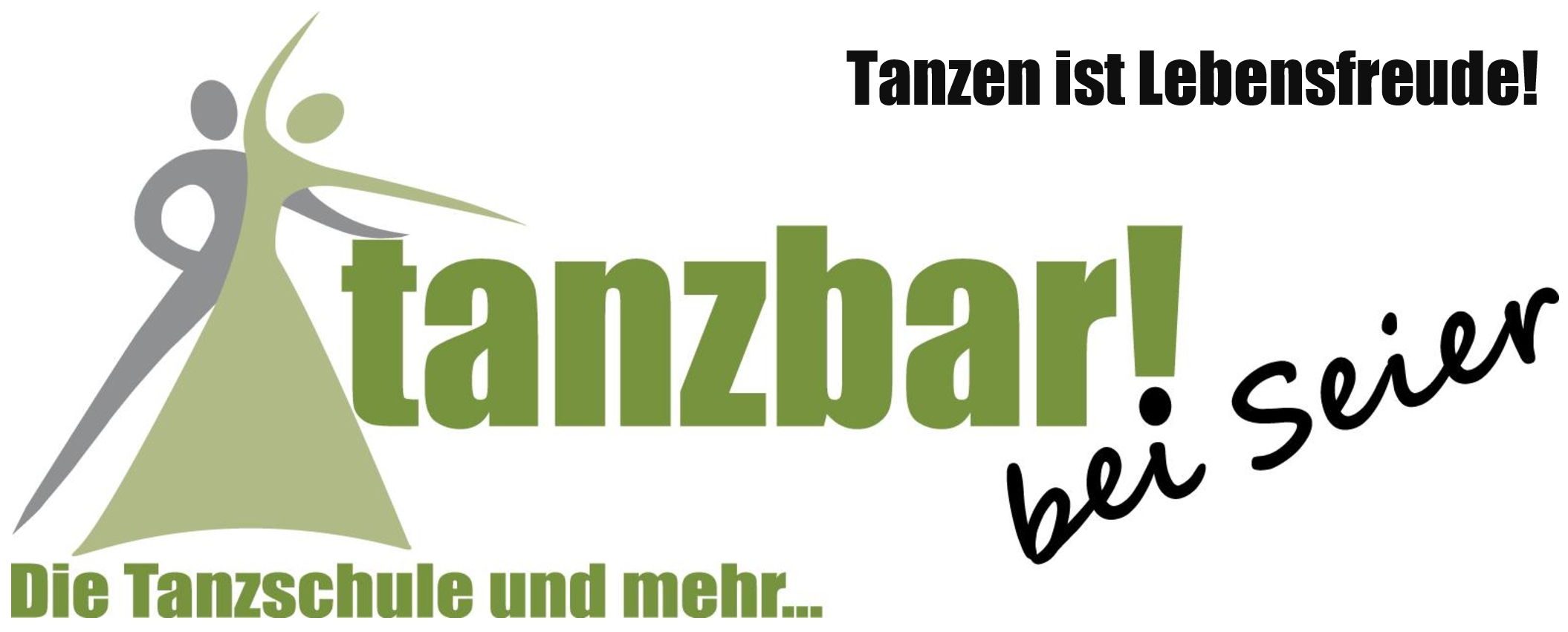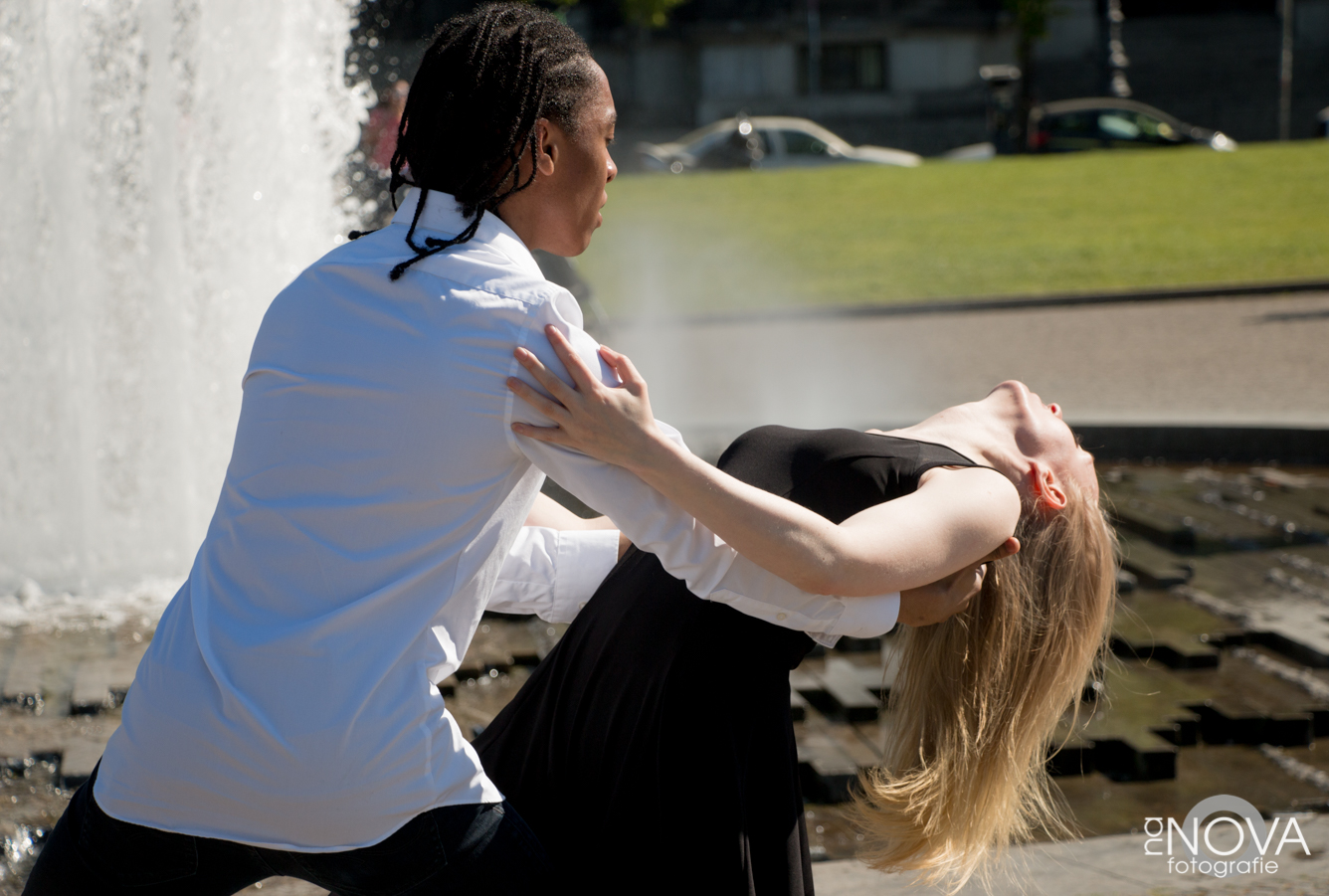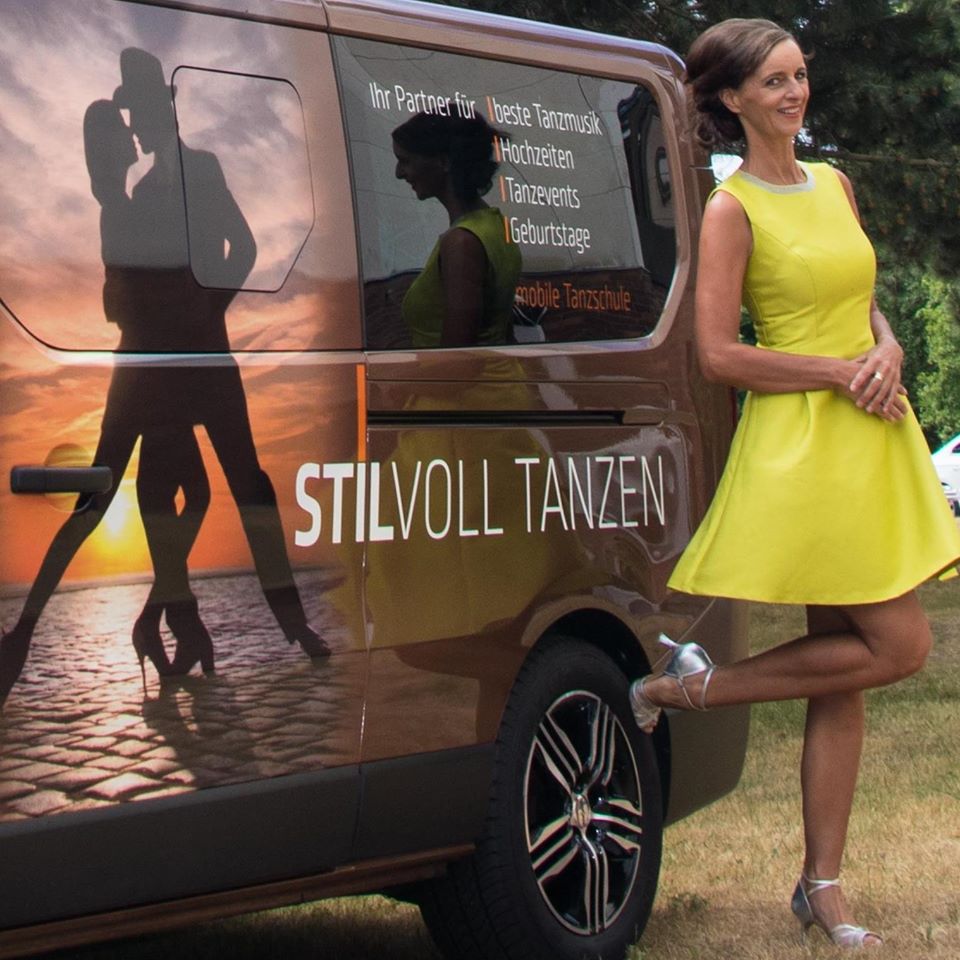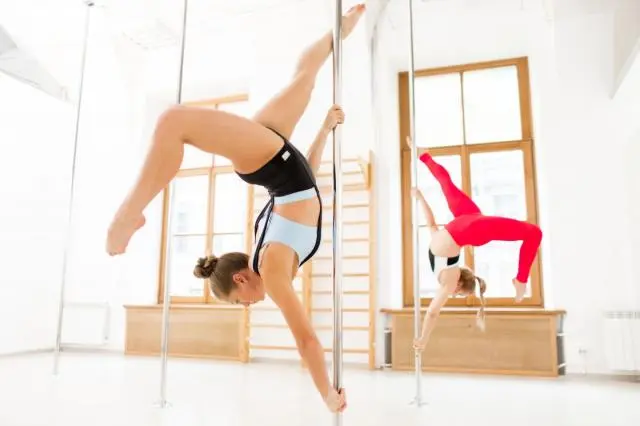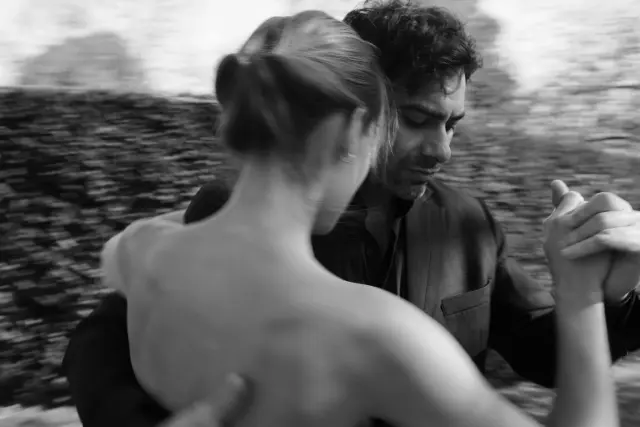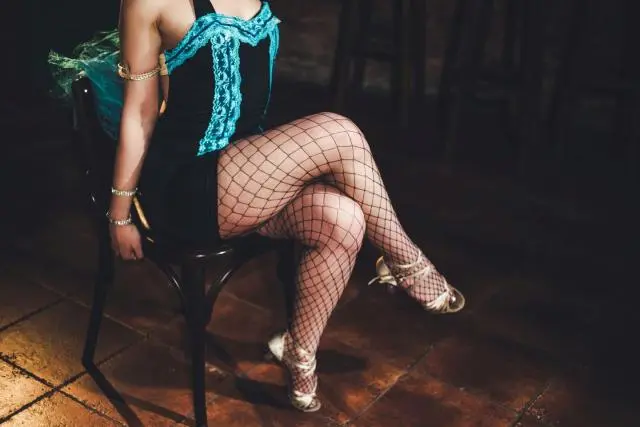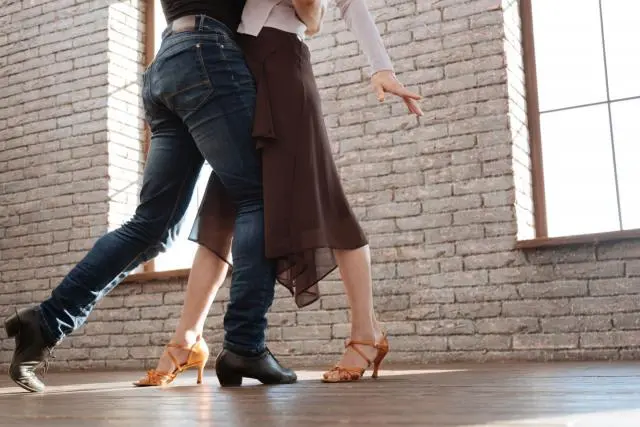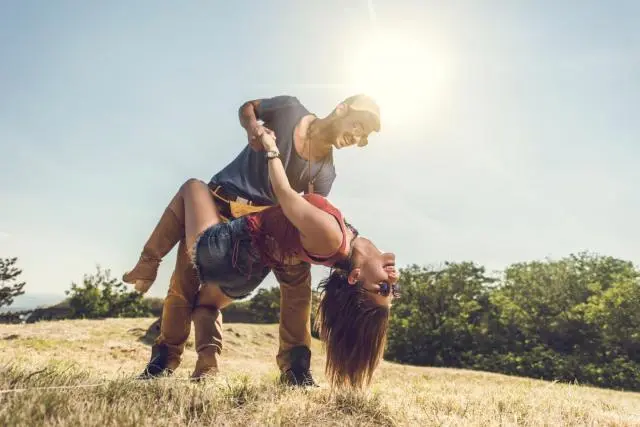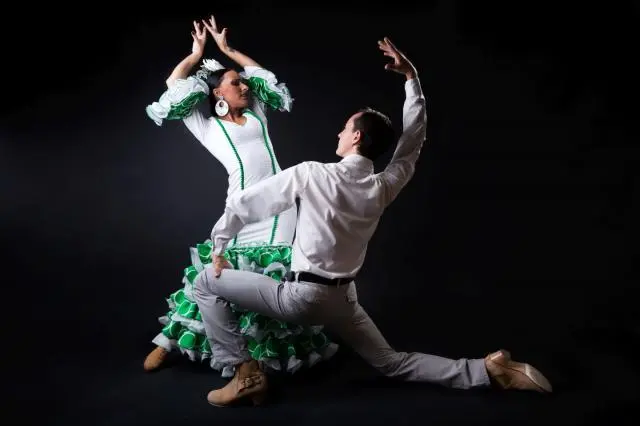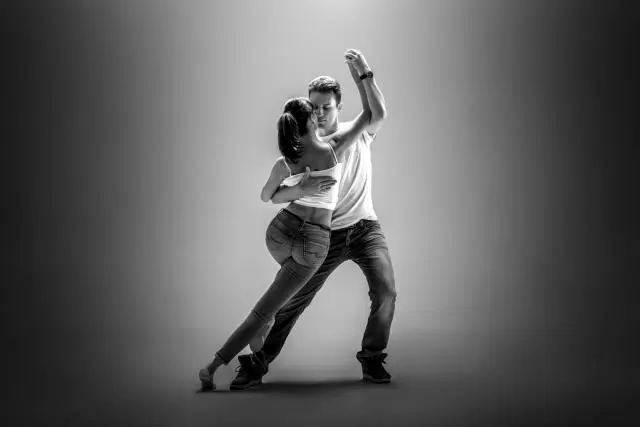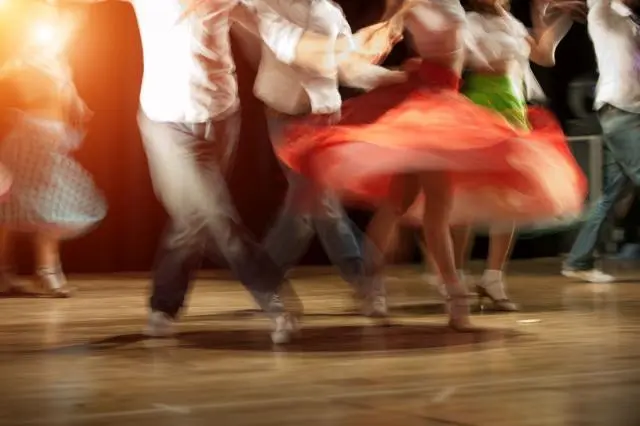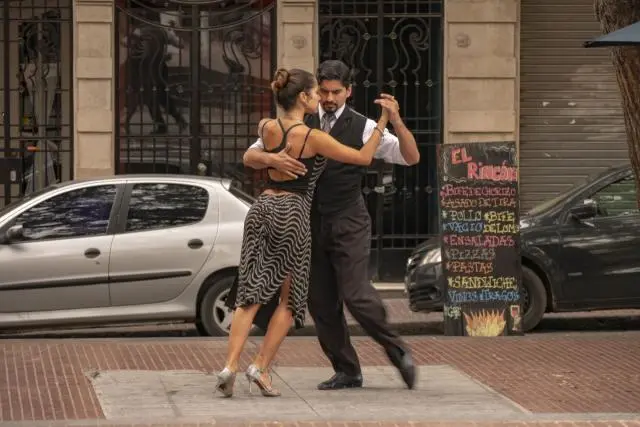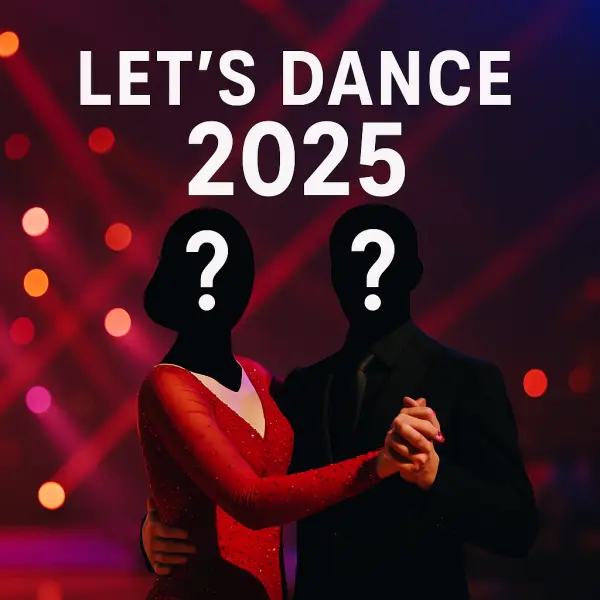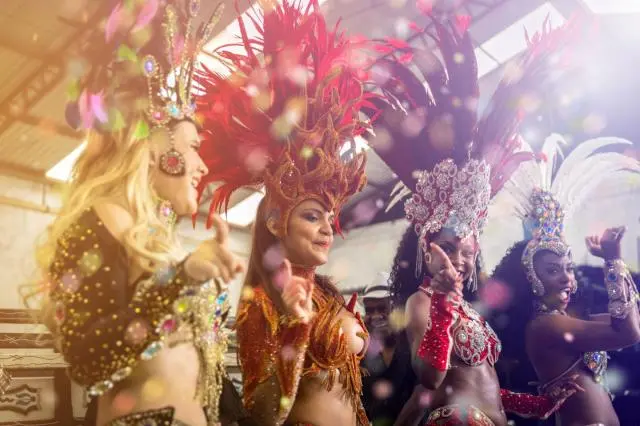
What you need to know about Samba
Samba: A Brazilian Folk Dance
The history of the Samba is marked by the work and suffering of African slaves from the Congo, Sudan, and Angola. In their new home, Brazil, people had to toil hard every day and endure the torment of their owners. Brazilian Samba is based on a drummed rhythm. African slaves wanted to express the dance of their original history and culture. The Samba was always danced by two people in a circle, with those around supporting the drummed rhythm through hand clapping or clashing of utensils. Even today, Samba remains the main dance of the Rio Carnival.
Samba is classified as a Latin dance and has little in common today with the original dance style of African musicians. Striking hip movements and a forward and backward motion of the lower body are features of the dance. Samba dancers need a lot of space to execute the flowing movements and fast steps properly. It has also proven itself as a competitive dance.
Since When Have People Been Dancing?
People have been dancing for several thousand years. The first indications of dances were discovered in Indian cave paintings, dating from 5000 to 2000 BC. Drawings and images found in ancient Egypt also suggest that ritual dances were performed. These dances must have been technically demanding, leading historians to believe that there were already professional dancers at that time. The earliest dances likely belonged to the so-called round dances. Several dancers perform the same dance steps in a row, jumping or moving simultaneously. These dances are also found in the records of the ancient Greeks. In the following centuries, there is scarce information about the origins of dance. It wasn't until the Renaissance that there was a change in dance history. Dance manuals and court dance masters suggest that the nobility enjoyed spending time with various dances. The so-called Pavane was popular, a slow step dance originating in Spain or Italy. The Pavane was danced by the entire court at royal festivities. In the following years, the slow dance was supplemented with faster steps and jumps, leading to the development of, for example, the Italian Gaillarde. Couples do not touch hands in this dance and only practice steps and jumps. In the 16th century, the first dance schools emerged, reserved for the upper class.
Samba dance outfit
Samba dance outfits are known for being vibrant, colorful, and full of movement. They're designed to accentuate the dancer's body and allow for a full range of motion during the energetic and fast-paced samba routines. Here's a breakdown of the typical components:
Top:
-
Bra top: This is a supportive and often revealing top that showcases the dancer's upper body. It can be made from various materials like sequins, beads, feathers, or even metallic fabrics.
-
Halter top: Another popular option, halter tops offer more coverage than bra tops while still being stylish and allowing for freedom of movement in the arms and shoulders.
-
Bodysuit: For a more unified look, some dancers opt for bodysuits that incorporate both the top and bottom pieces. These can be incredibly sparkly and eye-catching.
Bottom:
-
Mini skirt: The most common choice, mini skirts are designed to be short and flowy, allowing for maximum leg movement and showcasing the dancer's legwork. They can be made from various materials like chiffon, satin, or even feathers.
-
Micro skirt: Even shorter than mini skirts, micro skirts are for the truly daring dancers who want to push the boundaries and make a statement.
-
Hot pants: These high-waisted shorts offer a bit more coverage than skirts while still being comfortable and allowing for leg movement.
Accessories:
-
Headwear: Feathers, sequins, and elaborate headpieces are popular choices, adding height and drama to the costume.
-
Shoes: High-heeled sandals are the go-to option, providing stability and accentuating the dancer's legs.
-
Wings: Large, colorful wings can add an extra touch of flair and theatricality to the costume.
-
Jewelry: Sparkling necklaces, bracelets, and earrings can add another layer of glamour and personality.
Samba dance how to
To learn the basics of samba, follow these steps:
-
Establish your samba rhythm: The samba is danced to music in 2/4 time, with three steps in each measure. The rhythm is typically described as "long quick, short quick, and then slow"
-
Practice the basic steps: Forward Basic (Leader): Step forward with your left foot (count 1), move your right foot to your left foot (count 2), left foot in place, weight shifts to it (count 3), step backward with your right foot (count 4). Forward Basic (Follower): Step backward with your right foot (count 1), move your left foot to your right foot (count 2), right foot in place, weight shifts to it (count 3), step forward with your left foot (count 4).
-
Perfect the samba side step: Samba Side Step (Follower): Bend the right knee as you step to the right with your right foot, bring the left foot behind and across the right foot, then straighten, bend the right knee as you step in place with the right foot, leave your left foot in place in back, straighten.
-
Master the samba bounce: The samba bounce is achieved through rhythmic bending and straightening of the knees.
-
Practice the samba grand finish: Extend your hands out to the side and throw your head back.
-
Learn the samba square: Forward Samba Square (Leader): Bend the left knee as you step forward with your left foot, straighten your right knee as you step to the right with the right foot.
-
Keep it light: Good samba music has a natural bounce, so try to find this natural body action/bounce.
-
Watch videos: Watch tutorials and videos to help you learn the basic steps and techniques.
-
Take a class: If possible, take a class from a teacher to learn the samba in a structured environment.
-
Listen to the music: The samba is a musical dance, so listen to the music and let it move you as you learn.
Samba dance and music
Samba, a lively Brazilian dance, is typically performed to music that is in 2/4 time, with three steps in each measure. The rhythm is often described as "long quick, short quick, and then slow". Some popular samba songs and artists include:
-
"E O Zumba"
-
"Sambando"
-
"Hielo Y Fuego"
-
"Quero Ter Voce"
-
"Chusamba"
-
"Rumbakalao"
-
"Baila Para Mi"
-
"Dejare"
-
"Sacando Fuego"
-
"Mata Hari"
-
"Sambanera"
-
"Move Your Body"
-
"Ritmo Loco"
-
"Sigo Siendo Rico"
-
"Havana Cola"
-
"Ambosano"
These songs are a mix of traditional samba music and more contemporary pieces that are suitable for samba dancing. Keep in mind that not all pop songs with a BPM within the samba range will necessarily be suitable for samba dancing, as the rhythm and structure of the music are also important factors.
Samba Dance Today
The solo style of Samba is danced as a celebration dance during street festivals and parties still today. It continues to be danced as alone as it was originally danced, within a group of other dancers. Today, the it is also danced with a partner in Latin Ballroom Samba.
The solo style of samba was given the name “samba no pe.” In the solo style, three steps are taken in every measure of the 2/4 music. Sometimes professional dancers will do four steps in every measure, but it is traditionally done with only three. The dance is often spontaneous and done as the music inspires the dancer. Another style of solo samba dance started in 1992 and is known as Samba Axe. It is not defined by a specific step, but characterized by the musical rhythm. The rhythm can be set to a faster or slower tempo.
Partner samba dances such as the samba de gafieria existed before samba made it’s way into the Ballroom world. Originally samba partner dances were simple and then evolved over time. Today the ballroom style has close connections to the original samba; however, a local from Rio de Janiero Brazil would probably not recognize or call ballroom samba as a samba. The ballroom form is danced in studios worldwide and used to compete in the Latin dance ballroom categories. It often features tricks, turns, and other acrobatics. Similar to solo samba, partner samba is danced on a quick beat with fast footwork. The ballroom samba did not originate in Brazil but uses it’s samba music and influence of dance movement.
More recently, samba and other forms of Latin American dance have found their way into cardio dance fitness classes across America. Popular exercise programs such as Zumba and Hip Brazil incorporate elements of the dance into their workout regimes in an effort to make fitness fun.
Samba music and dance is considered one of the most energetic, lively, and celebratory dances of the world. Travelers enjoy seeing the demonstrations of the different types of Brazilian dance in Brazil. Dance and culture enthusiasts enjoy Samba dance performances at cultural festivals and celebrations held all over the world. Whether danced alone or with a partner, samba music easily moves people to the dance floor or gets them moving in the streets just like a carnival celebration!
Your Path to Becoming a Dancer
Have you been interested in different dances for a long time? Has the lack of a dance partner prevented you from pursuing your dream of dancing? Do you have no idea how to find a suitable partner? Lets-Dance is designed for dance enthusiasts like you who are still looking for a dance partner. You can easily find suitable partners based on your desired dance and location. You can start your search directly without registration. If you want to contact a potential partner, you can simply register. Good luck with your search!
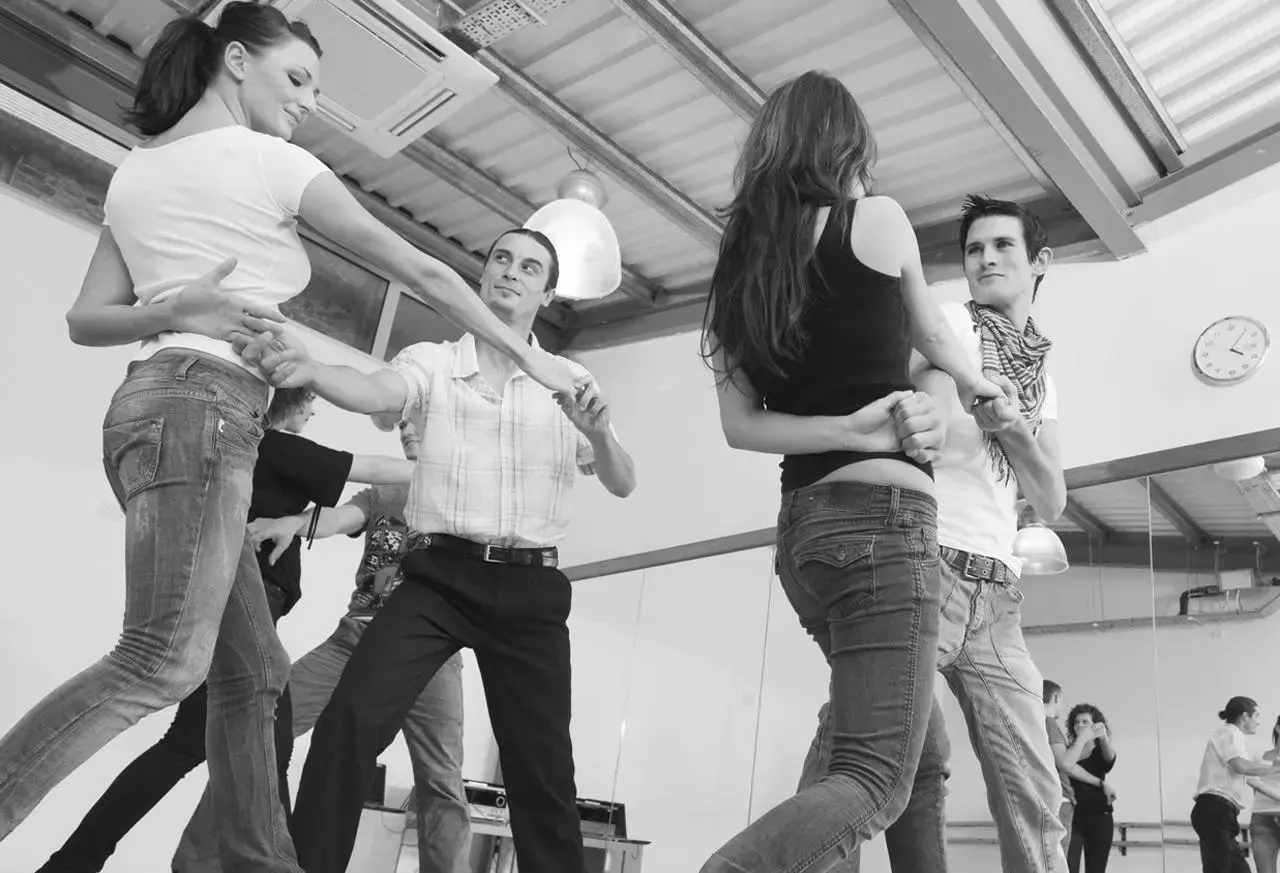
Dance partners
Create your dance profile on Lets-Dance
Dancewear, shoes & accessories
Discover dance schools
Register your dance school
Popular blog posts about dancing
Samba in your city
Top cities for finding a dance partner
